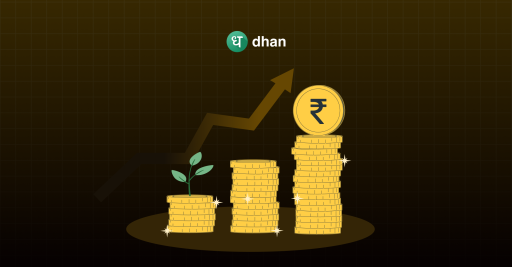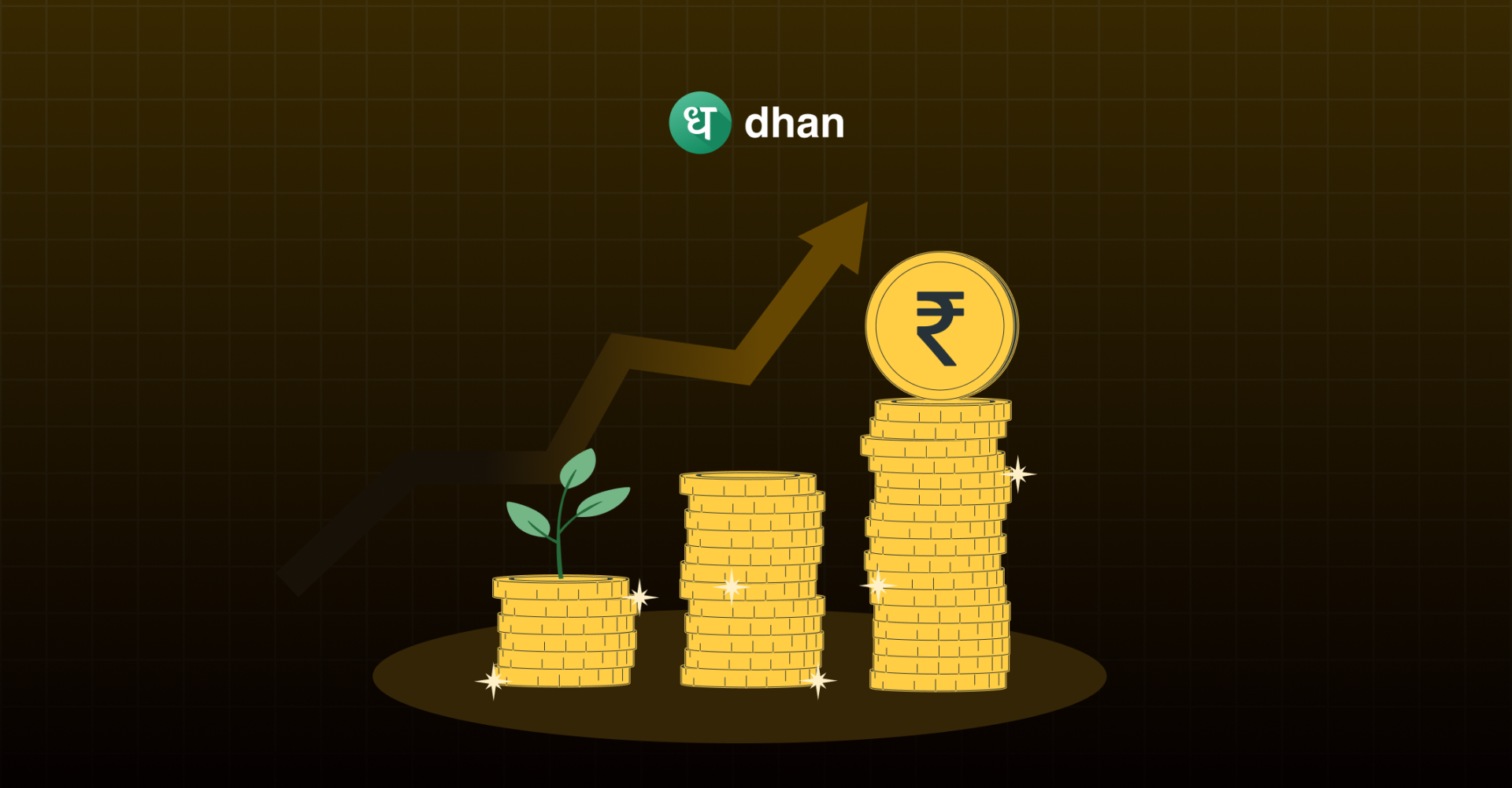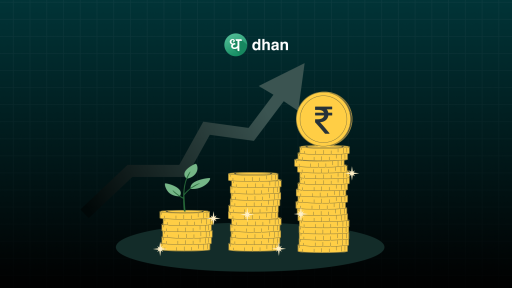Gold prices are at an all-time high. Can you believe that just five years ago the average price of 24-karat gold in India was approximately Rs. 48,651 per 10 grams?
Now it’s Rs.71,510.00. That’s almost a 50% increase!
Despite record-high prices, the emotional value of gold goes far beyond its monetary worth. It symbolizes security, prosperity, and blessings, making it a must-have asset for Indian households.
For many, purchasing gold is more than a financial decision; it’s an expression of love, legacy, and a commitment to safeguarding the future.
Gold Prices Over the Last Decade
The Tradition of Buying Gold on Diwali
In India, Diwali isn’t just the festival of lights; it’s a season of prosperity, wealth, and celebration. Among the various customs that Diwali brings, the tradition of buying gold stands out as a practice with deep cultural roots.
For centuries, purchasing gold during this festive time has been seen as a way to invite prosperity, blessings, and fortune. The festival coincides with Dhanteras, a day dedicated to the goddess Lakshmi, who is believed to be auspicious for bringing wealth and good luck into one’s home. For families across India, buying gold has thus become synonymous with welcoming abundance.
Traditionally, gold has represented not only material wealth but also security, making it a natural choice for an asset passed down through generations.
People purchase gold ornaments, coins, or jewelry to strengthen their family’s financial legacy and cultural heritage. The act of buying gold during Diwali signifies trust in the metal’s ability to retain value over time, thus ensuring a safety net for future generations.
Having said that, there’s also a special session held on Diwali where people invest for it being an auspicious occasion. It’s called Muhurat Trading.
Want to know what Muhurat Trading exactly is? Find out here.
The Tradition Evolving: Gold as Tradition and Investment
As lifestyles change and the concept of wealth evolves, the role of gold in Diwali festivities has also transformed. Today, people buy gold not only to honor tradition but also as a considered investment.
Gold’s resilience to market volatility makes it an attractive option for anyone looking to diversify their assets. While traditional gold purchases centered around physical jewelry, there’s now a stronger inclination toward purchasing gold as a financial instrument, balancing the sentimental value of the metal with its potential for steady returns.
Want to know what the people from Mumbai think of buying gold on Dhanteras?
Check out this Reel:
People now approach Diwali gold purchases with a dual mindset: while they continue to embrace it as a meaningful, auspicious act, they also recognize gold’s role in building wealth.
As more individuals view gold from an investment lens, they turn to opportunities that might offer better returns, liquidity, and ease of management without compromising on tradition.
That’s where modern investments like Gold ETFs and Mutual Funds come into play.
Modern Gold Investments: Gold ETFs and Mutual Funds
In response to the growing demand for gold as an investment, options like Gold ETFs (Exchange-Traded Funds) and gold-based mutual funds have gained traction. These modern investment tools allow individuals to reap the benefits of gold without the hassle of storing physical metal.
- Gold ETFs: These are mutual funds where each unit represents a certain amount of gold (usually one gram). Gold ETFs are traded on stock exchanges, meaning you can buy and sell units just like shares, with the added advantage of complete transparency regarding market prices. They’re ideal for those looking to invest in gold without the risk and storage concerns associated with physical gold.
- Gold Mutual Funds: Another option for investors is Gold Mutual Funds, which do not directly invest in gold but in stocks of companies involved in gold mining and related sectors. This means they’re more aligned with gold industry growth, with returns often tied to gold price fluctuations but also potentially benefiting from market performance.
Bringing Tradition and Investment Together
Today’s investors have a variety of options that blend the tradition of buying gold with smart investment practices.
People can honor Diwali’s auspicious beginnings by choosing ETFs and mutual funds while building a future-focused financial strategy that acknowledges gold’s evolving role in wealth management.
In this way, the tradition of buying gold during Diwali is modernizing, adapting to the demands of a new generation without losing its essential symbolism and significance.





